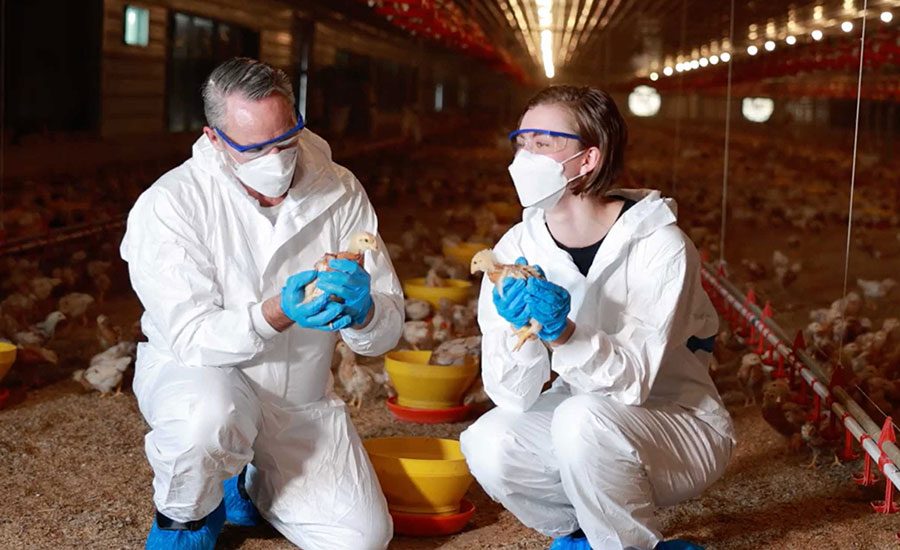The 2012 Retail Meat Report and the 2013 Retail Meat Interim Report--both released by the U.S. Food and Drug Administration (FDA) this week--reveal that the presence of Salmonella resistance to antimicrobials in meat sold in U.S. grocery stores is decreasing following a peak in 2009. The overarching idea is that the use of antibiotics are proving to be effective in maintaining the health of feed animals while diminishing the chance that resistant bacteria will be transferred to consumers.
The 2012 report provides a summary of antimicrobial resistance in raw chicken, ground turkey, ground beef and pork chops all sold by retailers. The 2013 report measures similar data from January through December of that year and hones in specifically on Salmonella. Although this report covers a full year, the FDA plans to issue retail meat interim reports biannually going forward.
The reports measure antimicrobial resistance in certain bacteria isolated from raw meat and poultry sold at grocery stores and collected through the National Antimicrobial Resistance Monitoring System. While the current interim report only accounts for Salmonella, antibiotic resistance is also tested for Campylobacter, Escherichia coli and Enterococcus.The FDA’s data shows the following trends:
- Resistance in Salmonella from retail chicken: 20 percent in 2013 vs. 28 percent in 2012 vs. 38 percent in 2009
- Resistance to Salmonella in ground turkey: 9 percent in 2013 vs. 18 percent in 2012 vs. 22 percent in 2011
For roughly 25 years, Salmonella strains that have resisted antimicrobials have been a major health concern. According to critics, the use of antibiotics in livestock is the reason why bacteria experiences antibiotic resistance.
Reactions and comments from the industry:
The National Chicken Council: “These reports provide a strong case that the continued judicious use of antibiotics by poultry and livestock producers is aiding in the reduction of resistance in various foodborne pathogens. Analyzing resistance patterns, as these reports do, is much more meaningful to public health outcomes than examining antibiotic sales data.” Ashley Peterson, vice president of scientific and regulatory affairs.
The Animal Health Institute: “... antibiotics can and are being used to effectively keep food animals healthy while minimizing the potential for transfer of resistant bacteria from animals to people.” (press release)






